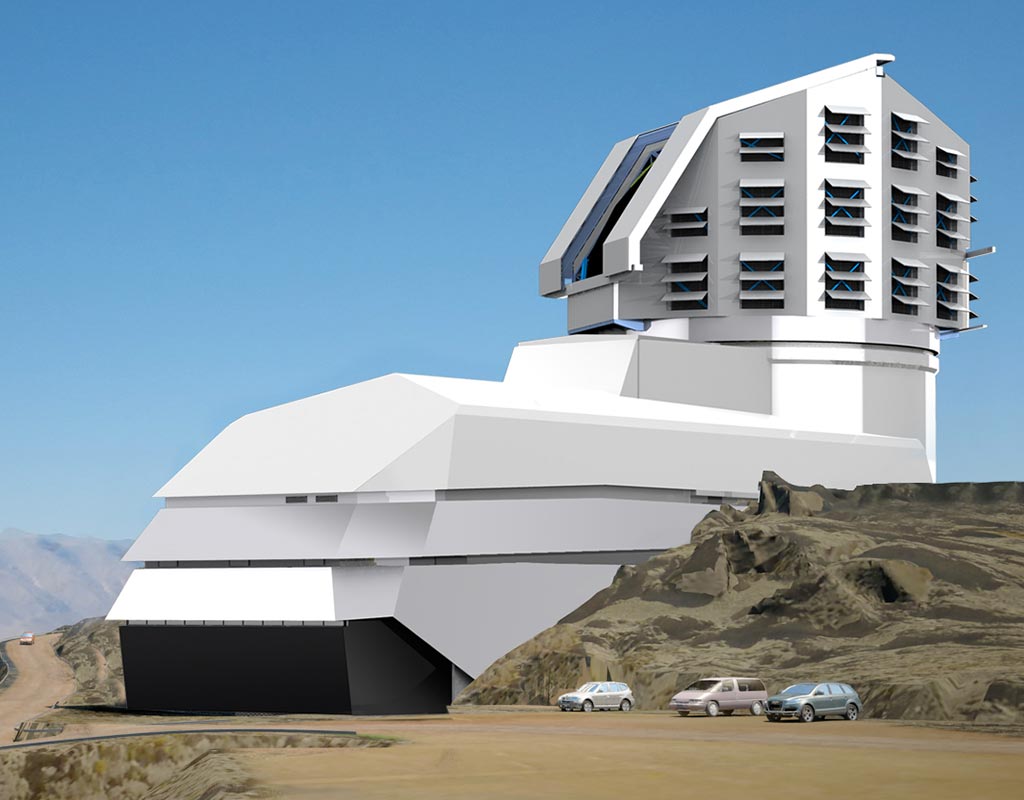Systems engineering is part of the machinery that makes exploration of the universe as well as the bodies of which it is comprised possible. Physicists and engineers have worked together to create technological tools that help understand the dynamics of the cosmos.
Studying matter and dark energy, charting the milky way, or detecting transitional objects (events such as supernovae, meteorites, asteroids, comets, and variable stars) require capturing and processing millions of images that are taken with high resolution cameras capable of observing the sky by using the light that different bodies within infinite space emit or reflect.
As part of the 2017 France-Colombia year, on the 5th April the “Franco-Colombian Astrophysics Conference” was held in Uniandes. This was an academic event that was the result of three years of scientific collaboration between researchers Marcela Hernández Hoyos from the Department of Systems and Computer Engineering at the Universidad de los Andes and Dominique Fouchez from the Center for Particle Physics of Marseilles (CPPM for its acronym in French).
Both researchers, a systems engineer and physicist, combined their efforts, knowledge, and experience to make a small contribution to the huge LSST (Large Synoptic Survey Telescope) project that will analyze the sky for ten years. Within this time it is hoped to chart 20 million galaxies and 17 million stars. Their contribution to this project consists in detecting transitional objects in the Universe: this topic is the subject of Juan Pablo Reyes’ doctoral thesis, for which the two researchers are doctoral advisors.
The conference was organized by the Department of Physics and the Department of Systems and Computer Engineering at the Universidad de los Andes together with Aix-Marseille Université (France), and it was supported by the Internationalization Office. 2017 is a unique year that is full of meaningful cooperation between the two countries involving the cultural, scientific, and business sectors within different areas.
Lecturer and researcher Marcela Hernández explains that, “The main objective of the conference was to unite two scientific communities that are seemingly very different. On one side we have astronomers and astrophysicists and on the other we have systems engineers and computer engineers; both need to work very closely to be able to develop new technologies that allow us to better understand the Universe”.
Researchers from the Universidad Nacional, the Universidad Distrital Francisco José de Caldas, the Universidad Industrial de Santander, the National Astronomical Observatory, and the Astronomy Group of the Department of Physics at the Universidad de los Andes participated in the conference.
What is LSST?
The Large Synoptic Survey Telescope is a 350 ton telescope located 500 kilometers north of Santiago de Chile, which will become operational in 2022. It is positioned at 2,600 meters above sea level and every three nights, from its position, it will scan the whole observable sky and capture around 2,000 images.
The LSST will have a 3.2 gigapixel resolution camera that is capable of taking images equivalent to an area of 48 full moons. Every night it will store fifteen terabytes of data and generate 6.4 gigabyte images every 17 seconds. In ten years it will process more than six million, which is equivalent to 515 petabytes of information.
“Every night we hope to detect some ten million transitional events and we will release notifications sixty seconds after having taken the photograph. These notifications will be collected by other telescopes that will analyze and determine what is happening in this section of the Universe by using the image sent by the LSST” states Fabio Hernández, the engineer from Uniandes who is currently a researcher at the National Center for Scientific Research (CNRS for its acronym in French), which is located in Lyon (France). He is the current coordinator of computer science that is part of the French contribution to the LSST data processing.
Hernández has worked in the field of computational high energy physics for 25 years and was a speaker at the conference.
Researcher Dominique Fouchez was also a speaker at the event, and he claims that, “by using the LSST, we can make an inventory of the solar system, chart the Milky Way, detect different types of supernovae (the explosion of a star at the end of its life), characterize matter and dark energy, study the creation and expansion of the Universe, and more”.
According to the scientist, they hope to discover and measure the changes of hundreds of thousands of supernovae within the millions of galaxies studied. One of the major challenges of processing the images obtained by the telescope will be the classification and removal of the false discoveries of transitional events that will appear as part of the image analysis.
The LSST will have petabytes of useful data that, without doubt, will provide the input for hundreds of scientists throughout the globe who are keen to produce new knowledge and contribute to the understanding of the Universe.
Today there are 38 research institutes in 25 countries that are interested in studying this huge database that, without doubt, will breathe life into the most comprehensive inventory of the Universe.



